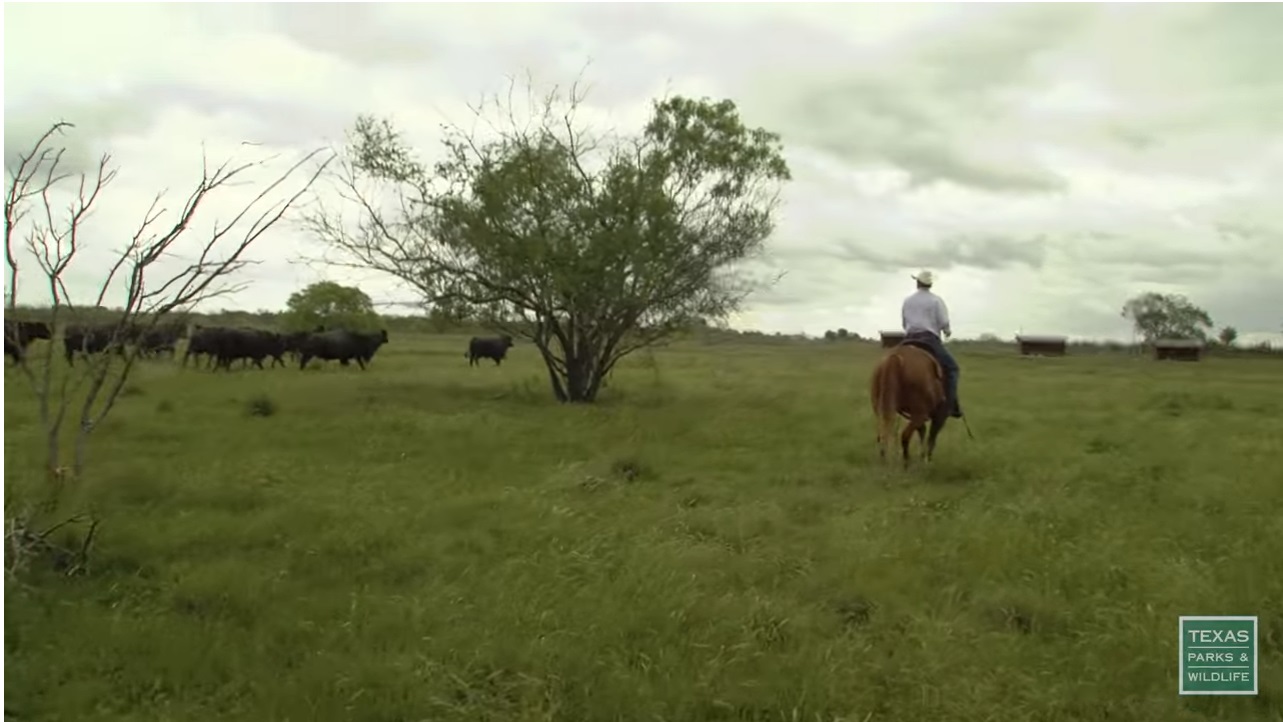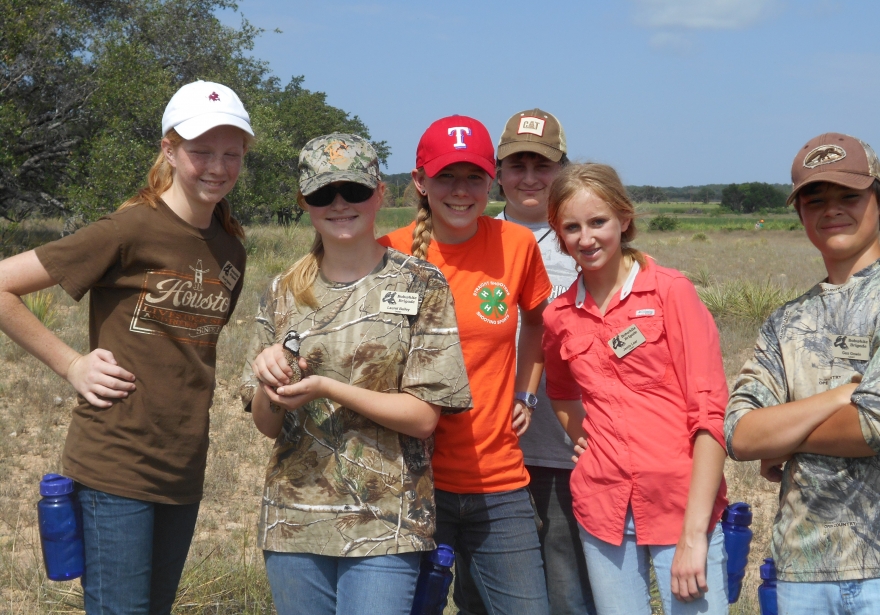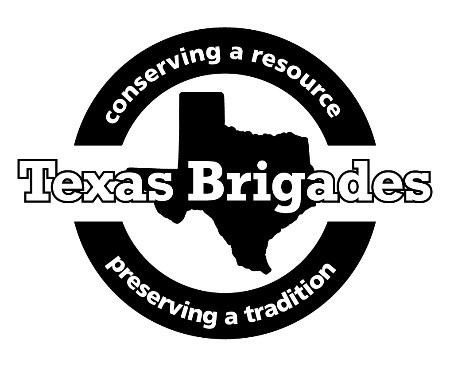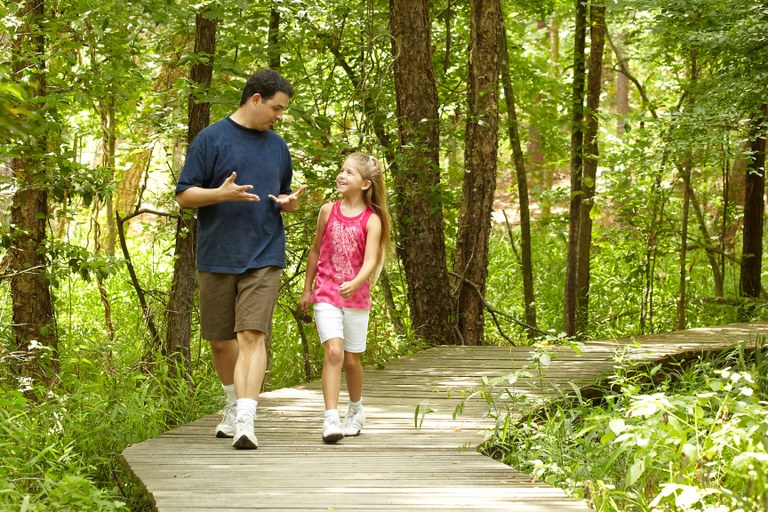TPW TV — Parks Ranch, a Lone Star Land Steward
Friday, September 15th, 2017This is Passport to Texas
Before we domesticated livestock, the land and water belonged to wildlife. Cattle took a toll on this habitat; but thanks to the efforts of landowners like David Crow, cattle and conservation coexist.
The ranch is our factory. The cattle are a part of the factory. The wildlife’s part of the factory. And everything has to click together.
Crow operates the 5,600-acre Parks Ranch in Goliad County, and keeps the needs of wildlife top of mind.
I think one of the biggest detractors to wildlife is fragmentation of habitat. To be able to hold this ranch together is extremely important.
A 2016 Lone Star land Steward award-winner in the Gulf Prairies & Marshes region, Crow uses a variety of techniques to create greater density of native grasslands, which supports better diversity of native wildlife.
I’m pleased that my son has chosen his career in this business as well, because that means at least we’re good for another generation.
Witness the success of Parks Ranch on the Texas Parks and Wildlife TV series next week on PBS. Check your local listings.
The Wildlife Restoration program supports our series.
For Texas Parks and Wildlife…I’m Cecilia Nasti.







 Passport to Texas is a
Passport to Texas is a  Passport to Texas is made available by:
Passport to Texas is made available by: